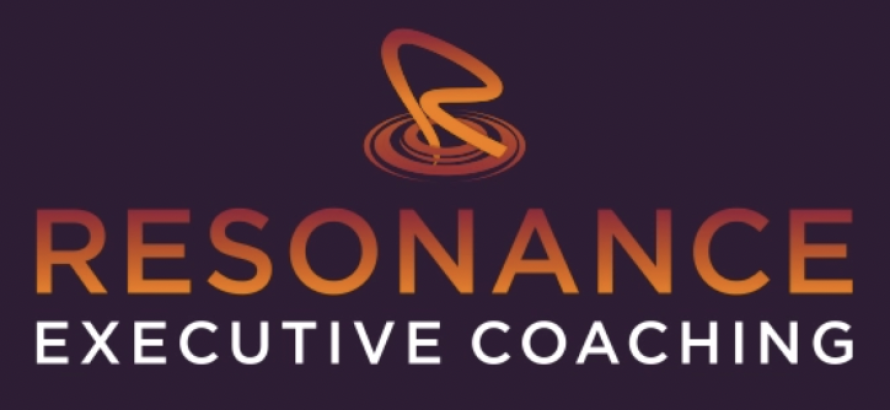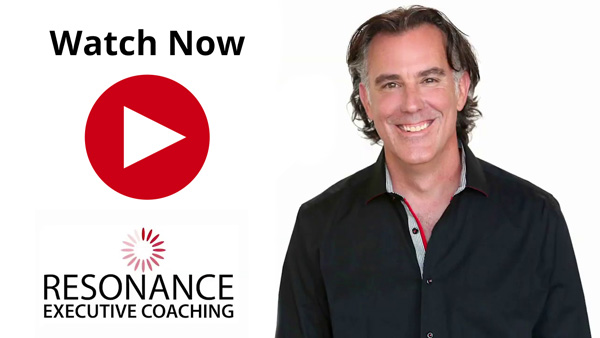We work with our client organization’s teams in many different ways. And all of our various approaches come down to this fundamental truth: Every team goes through stages of evolution in their learning curve as a team. To clearly illustrate the point, we highlight what each teamwork level looks and feels like and outline the typical business impact of each team’s level.
Every team we work with becomes aware – through our tools – of where they are at in their evolution and how that is impacting their organization’s bottom line. That understanding helps them codify their teaming ability in business terms, and clearly see the pay-off of developing themselves as individuals and as a collective team.
Our Approach to Team Improvement

Based on our CEO’s Amazon 5-Star rated book Unshakeable Influence: Mastering the Inner Game of Leadership in a VUCA World, we help our clients to raise the bar on their organization’s teamwork abilities by helping their teams develop from the inside out.
Too many team improvement programs miss this crucial element: the individuals who make up the team. We start with improving individual self-awareness and individual teaming behaviors, and only from there do we then focus on improving the team as a whole. In this way, we we can move the needle on team performance much more quickly, sustainably, and effectively.
Who We Work With

Our clients are committed to maximizing their performance, and they recognize that even the sharpest knife cannot carve its own handle. As our new clients get to know us, they come to understand the tremendous business value of bringing our holistic people expertise into their organization. They also learn that we can lead a horse to water but we cannot make them drink. They know that at the end of the day, their organization has to take responsibility for their own greatness. We can only guide them there.
How We Work With You

Our process is designed to meet our clients where they’re at and work with them toward a mutually inspiring and high impact solution. Every client need is unique and thus our process flow of working with clients varies depending on the needs of the client and the depth of our prior relationship with the client.
With that said, all of our client engagements follow this high level flow.
It all starts with a conversation.
Step 1
Initial Conversation
Discuss your high level needs, identify likely root causes, and discuss potential solutions.
Step 2
In-Depth Discovery Conversation
Take a deeper dive into your needs and discuss our custom solution to address the true root causes. Agree on a specific direction for the solution and discuss "ballpark" pricing and timing of engagement.
Step 3
Finalize Scope of Work
Agree on exact scope of work and define program phases (if any). Finalize all agreements and investment level required.
Step 4
Implementation
Co-execute all deliverables with client.
Step 5
Integration
Ensure integration of the learning by co-executing customized action steps to hold learners accountable and maximize sustainability of the learning.
Step 6
After Action Review and Debrief
Meet with senior stakeholders to share insights and observations. Discuss success metrics and best practices for the sponsoring executive to maximize the ROI of this engagement.
In today’s fast-paced and constantly changing world, collaboration effectiveness is one of the biggest impediments to maximizing an organization’s productivity and profitability. Nothing big gets done in today’s world without teams:
- Working together toward common goals
- Having open conflict in a productive and inspiring way
- Holding each other accountable
- Openly giving and receiving constructive feedback on a regular basis
- Cultivating and expecting high trust and transparency
- Focusing on strong alignment more than deep consensus
- Having a solution focused mindset
- Cultivating their individual and collective emotional intelligence
- Having a deep sense of awareness and responsibility for their individual and collective teamwork behaviors and ways of communicating
The new teamwork paradigm of the 21st century requires a fundamentally different approach to team improvement. In today’s world, teams are constantly in flux as projects come and go and people come and go. We can no longer rely on long term teams building trust and becoming high-functioning over time. We must accelerate that process if we are turn teamwork into the competitive advantage it should be.
We believe our holistic approach to team improvement is paramount to teams rapidly becoming high functioning in the VUCA world of today. We focus not only on the collective team, but on each individual member of that team because the team is only as strong as its weakest link.
Team Improvement Programs

Our team improvement programs range from front-line manager cohort based programs to C-Suite executive retreats – and everything in between. Each of our programs is designed to meet the exact team development needs for the intended audience.
Moreover, all of our team development programs are co-created with our clients through our audit process that includes:
- Key stakeholder meetings
- 1:1 interviews
- Anonymous qualitative surveys
- Our quantitative tools
Through this thorough design process, we identify the true root causes of all team development gaps and rapidly address the highest value gaps in a customized way for the specific team who is going through the program.
Click below for more details:
- Project Team Improvement
- Intact (a.k.a. Working) Team Improvement
- Executive Team Improvement
- C-Suite Team Improvement
Project Team Improvement
Project teams exist to accomplish a specific project. Once that project is complete, the project team disbands and the team members are redeployed elsewhere. These teams are often cross-functional in nature, with each team member bringing a specific skill set or functional responsibility to the project.
Project team members are typically juggling other responsibilities across other projects they are involved in and probably also their “day job” responsibilities within their regular working team. Project teams may also be pulled together for high visibility and high impact projects and have to work under especially tight timelines.
Put all this together, and project teams are often:
- Complex
- Challenging to be on
- Especially fast-moving
- High visibility and high impact
- Difficult to quickly optimize and maximize relational productivity
There simply is no time for a project team to waste on any less than functional team dynamics. It can be critical to systematize how project teams come together and rapidly form a strong ability to get stuff done. Maximizing the effectiveness of a project team requires accelerating the learning curve of getting to know each other and learning how to work well together. Left to their own devices, few individuals or teams know how to do that.
Intact (a.k.a. Working) Team Improvement

We define intact or working teams as teams who have a clear set of common goals that require regular and deep collaboration. In some ways, these teams are easier for individuals to navigate because roles and responsibilities are generally more clearly delineated. Another factor that can work in favor of an intact team becoming higher-functioning on their own is the amount of time spent working together. The responsibilities for co-created deliverables simply demand that they spend a lot of time together. Further, because the team itself extends beyond any one project, these teams may work together for years.
But time together can also have the opposite impact. Any unresolved personality style differences, past arguments that weren’t handled well, or any source of difficulty between team members may fester over time and grow worse. On a project team, time together is limited to the scope of the project. As a result, team members can count on the disbandment of the team upon project completion to “resolve” any issues they may have with other team mates. Intact teams do not have that luxury. They must address their teaming issues head-on if they are to be successful. And, left to their own devices, many individuals and teams are simply not equipped to address these teaming issues effectively.
Because they spend so much time together working on a large number of important and critical projects, there is a big opportunity with intact working teams. Intact teams that are high functioning become a competitive differentiator. Intact teams that are not high functioning also become a competitive differentiator – but in the wrong direction.
Executive Team Improvement
We define executive teams as being the next one or two levels down from the C-Suite. They are often required to both think strategically and tactically at the same time, or at least be agile in their ability to switch back and forth between the two. They are closer to where the rubber meets the road in the organization. As a result, they tend to be the true drivers of getting things done in the organization and unfortunately many organizations put little or no focus on improving teamwork at this level.
These teams are typically not required to be extremely collaborative because their functional areas are often separate enough to warrant less direct collaboration. At the same time, a common issue at this level is silo’d thinking because these groups are often not communicating effectively enough or maybe even hardly at all. With silo’d thinking comes decreased communication, increased territorial-ism and an increase in organizational politics. It also creates redundancies and bottlenecks that further limit productivity and the organization’s bottom line.
And again, this is typically a level of the organization where too little attention is focused on improving the teaming ability. That is a big missed opportunity for making teamwork the completive advantage it should be.
C-Suite Team Improvement

C-Suite teams are the most important teams in any organization. Not only do they represent all areas of the organization, the teamwork norms at this level tend to set the cultural norms throughout the organization. Any dysfunction at all is almost certainly replicated throughout the organization.
Further, any lack of alignment at this level will have major ramifications on overall productivity and profitability. In any sizable organization the leaders at the C-Suite level represent major portions of the business and may have hundreds or thousands of people in each CXO’s area of responsibility. If even 10% of those people are confused about alignment with other parts of the business, that’s a huge loss of productivity. Further, any political issues that are unresolved at this level will trickle down throughout the organization, also greatly under-mining productivity and profitability.
C-Suite teams are typically meeting on a regular basis to discuss strategy, discuss progress against goals, and identify and address any potential roadblocks or limitations to the organization’s success. If these meetings are not a well-oiled machine, the company’s success is very much at risk. Further, it’s very likely that similar teaming issues are happening throughout the organization because everything trickles down from the top.
Start a conversation with us.
C-Suite Team Case Study
Challenges
- Senior leadership team was plagued by lack of alignment, personality differences, and tendencies toward unproductive conflict and dysfunctional communication
- Major decisions were too often delayed
- Board was nearly ready to make major changes to the senior leadership team
Solutions
Created custom multi-day executive retreat to:
- Rebuild trust
- Deepen listening and communication skills
- Create alignment between strong and varied personalities
- Recognize and circumvent dysfunctional communication patterns
Results
- Decision-making logjam broke free, immediate return of $7M market opportunity
- Productivity of SLT meetings improved 38%
- Senior leadership team is now thriving, with no staff changes required



